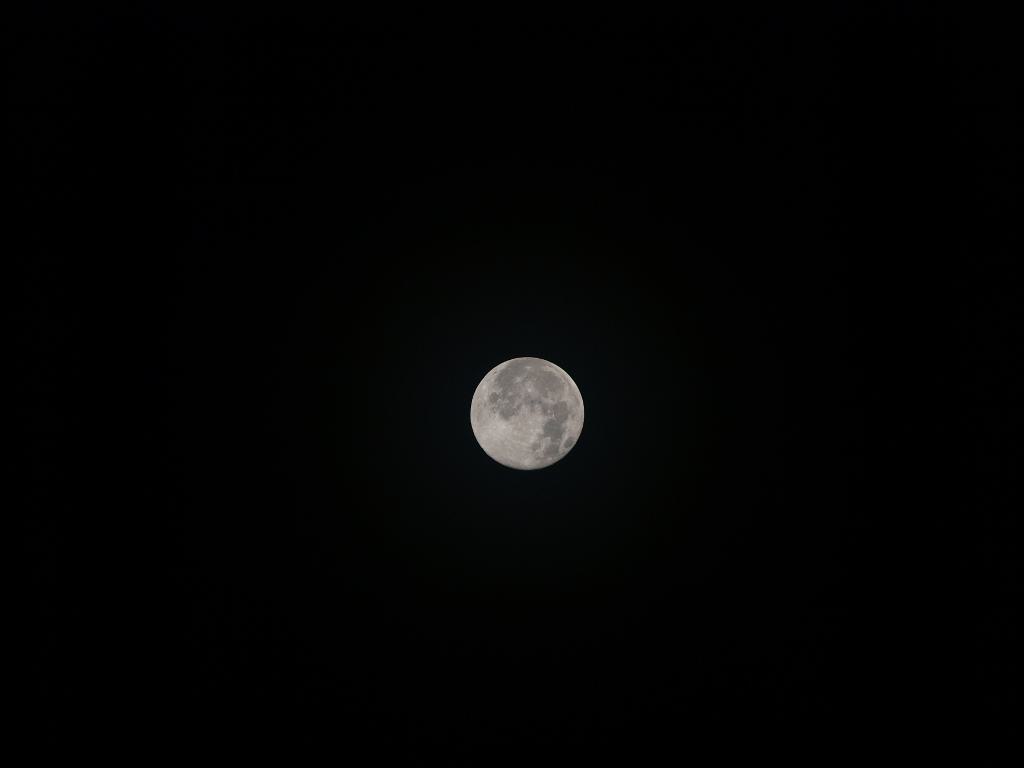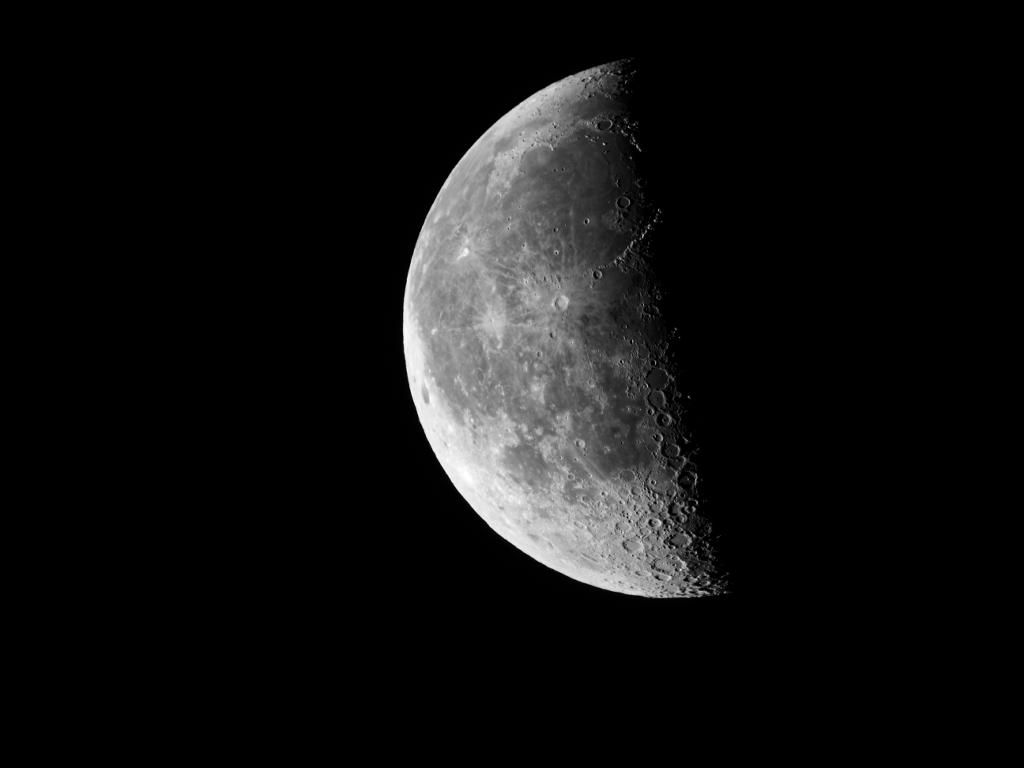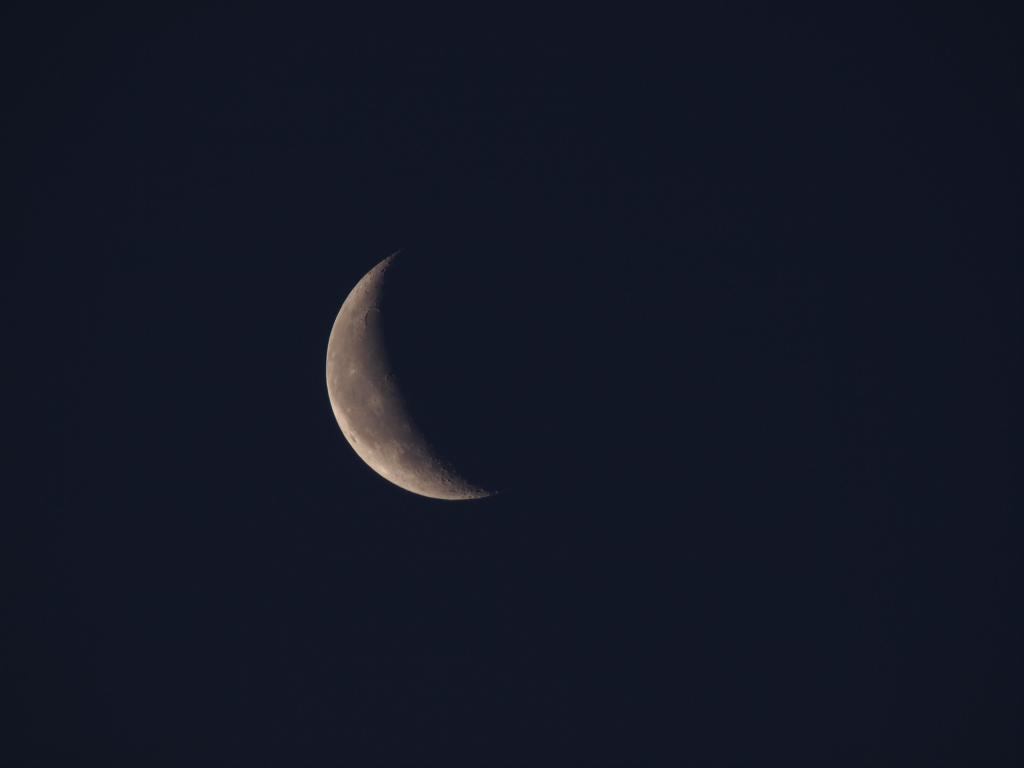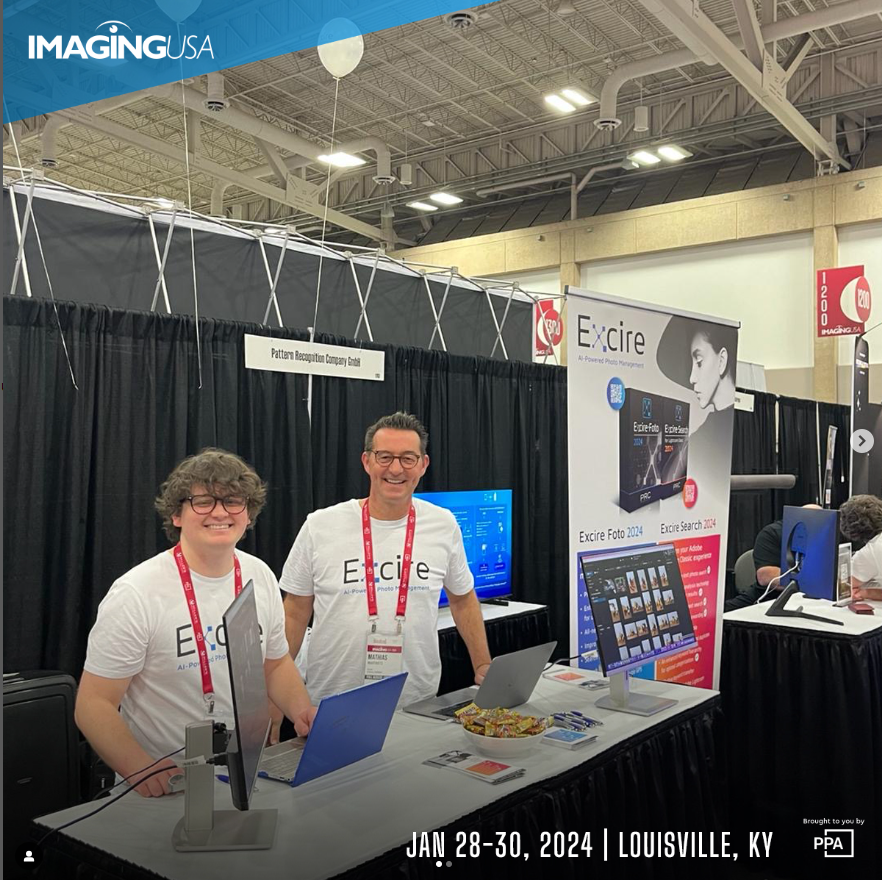
Word has got around by now that I use Excire and think the programme is pretty cool. Some of my articles have also been linked in Excire newsletters, but I find some things about the “Pattern Recognition Company GmbH” in Lübeck really weird.
It started with the fact that the Excire forum, which was initially a pretty good help in solving problems, was no longer moderated at some point and was flooded with AI spam as a result. At some point they didn’t switch it off, but removed the links from the homepage. Replacement: a FAQ and a man in support who answers all the support enquiries. You can do that – and rely on the fact that this is also communicated to potential customers. By whoever.
They are active on FB and Insta. Since they sell photo search software, the claim “with us you can find your photos very fast” is not really suitable to run in a continuous loop. So they do the same thing as all providers of photo stuff: give smart advice on taking photos.
They have put a few articles on their homepage and often link to them on FB. By example: photographing the moon. A scoop.
What do you need? A camera. And you can also use a camera with an APS-C sensor, advantage: “The crop factor of cameras with APS-C ensures that the moon appears enlarged in the images.” Uhhh – yes, something like that, especially the “appears” is pretty close…. But image angle is also a really complex concept.
Camera with M mode. This gives you full control over aperture, shutter speed and ISO value. Ah yes. No M mode, no control over the ISO value. Good to have that clarified.
“For detailed images of the moon, we recommend a zoom or telephoto lens with a focal length of 200mm or more”. Jo, if you don’t understand the concept of the angle of view, you end up with statements like that.

Tripod: “Make sure you use a sturdy tripod to stabilise the camera, which in turn allows longer exposure times”. Sure, we take long exposures of the moon. From a sturdy tripod. Rich in detail. With long focal lengths. Have you ever shot at the moon with a focal length of one metre (full frame with mFT)? 1/125s should be the maximum, because the moon is really fast…
Remote shutter release – yes, if you don’t have a stabiliser….
Electronic shutter – that’s a good tip, not because of camera shake, but because the electronic shutter is simply sharper. With long focal lengths and sync times of 1/20s or even longer, however, you should think again, because then you get a rolling shutter on the moon… (Not much, but it doesn’t have to be.)

Light pollution: This is a major problem with star photography. In the case of the moon, it is quite irrelevant. The reason is simple: the moon is so bright that it is itself the biggest light polluter. The tip that it is best to photograph the moon in the first or last quarter because the shadows on the moon are more beautiful there shows that light pollution is not really the problem. Example: on 13 February, the moon is increasingly in the first quarter. Moonrise: 8:49 (one hour after sunrise) Moonset 19:48, two hours after sunset. So it is only really dark from about 19:00 and the moon is already very close to the horizon – a lot of air in between.

The camera settings: RAW, M (because of full control over sharpness!!!!) Aperture 9 to achieve maximum depth of field (!). (Even at 2m focal length and 36MP 35mm the hyfo is roughly 50km). Keep the ISO low to avoid overexposure. (Yes, exactly! Exposure metering is grossly overrated.) Exposure time between 1/60s and 1/250s (f/9, ISO 100 and 1/125s is OK, you’re right for once). Deactivate the stabiliser on the tripod. (Unless you have an Oly, which can do this.) I won’t pick apart the paragraph on focussing, it’s confusing anyway. White balance: “Since you’re shooting in RAW, you don’t have to worry about it.” Well, you could also just say that the moon emits daylight. So 5300K.

Excire’s recommendation: Landscape panorama with moon motif directly above the horizon: take a picture of the landscape, then take a picture of the moon, glue it together, done. It just doesn’t work that way because the moon looks big directly above the horizon but is muddy. It’s not just about exposure compensation, which isn’t a problem with a full moon, for example, because the landscape is still illuminated by the sun, but it’s about depth of field – either the landscape or the moon is in focus, both are only possible with very short focal lengths. And there’s a lot of air, which makes a sharp moon above the horizon impossible. So first take an evening scene and then at midnight stick the moon to the horizon.

I wonder which agency is still making money with this nonsense. I have nothing against giving photographers clever tips – I try to do that myself – but please do it in a reasonable quality. Simply playing buzzword bingo doesn’t promote identification with a software manufacturer. They even posted a photo from a trade fair in Kentucky on Insta, where two guys in Excire shirts are standing around. Text to go with it: The trade fair is totally important. But who are the guys at the booth????

As an Excire customer, I don’t want to know how I take pictures of the moon. The camera manufacturers, the lens manufacturers, the forums and my grandad explain that to me. Even if I don’t ask them. I want to know what the company does, who they are, what they develop, when new features will be available and the best thing would be if they simply showed that they are nice people who value their customers. For example, just show the nice people at the support desk. Is it a hundred-man programming factory or are they four people developing cool ideas at the kitchen table during their lunch break? I want to know. Because it affects my emotional attachment to this company. Software and cameras are interchangeable. Relationships with people are not.
Ich habe gerade bei Chat GPT eingegeben: wie fotografiere ich den Mond am besten? Da kommen ziemlich genau diese Tipps!
Ach Du K…..
*lol*
sag, wie hast du das beim Titelbild mit der Reißlänge in den Griff gekriegt? 😉
Das Reißen war nicht das Problem – aber geh mal in den Baumarkt und sag, Du hättest gerne 384400km Hanfseil. Wie Du siehst, hat es gerade so ausgereicht…..
Hat mich doch glatt daran erinnert, dass Exire gerade eine KI Beurteilten Wettbewerb zum Thema Astrofotografie hat.
So habe ich gerade eines der wenigen hochaufgelösten Bilder des Mondes hochgeladen. Man kann ohne große Probleme Strukturen von unter 3 km sehen….
Aber da ich wie meist recht lernresistent bin und mich folglich keinesfalls an solche gegebenen Fototipps gehalten hatte, war es nicht verwunderlich dass es nur den Platz 500 von 600 erreichte 😉
Einzig das sehr bunte Bild vom Weihnachtsbaum Sternhaufen war mal kurzfristig auf Platz 12 oder so um wahrscheinlich bald mal in Nirvana abzutauchen 🙂
Der Mond am Seil gefällt mir ausnehmend gut.
Siegfried